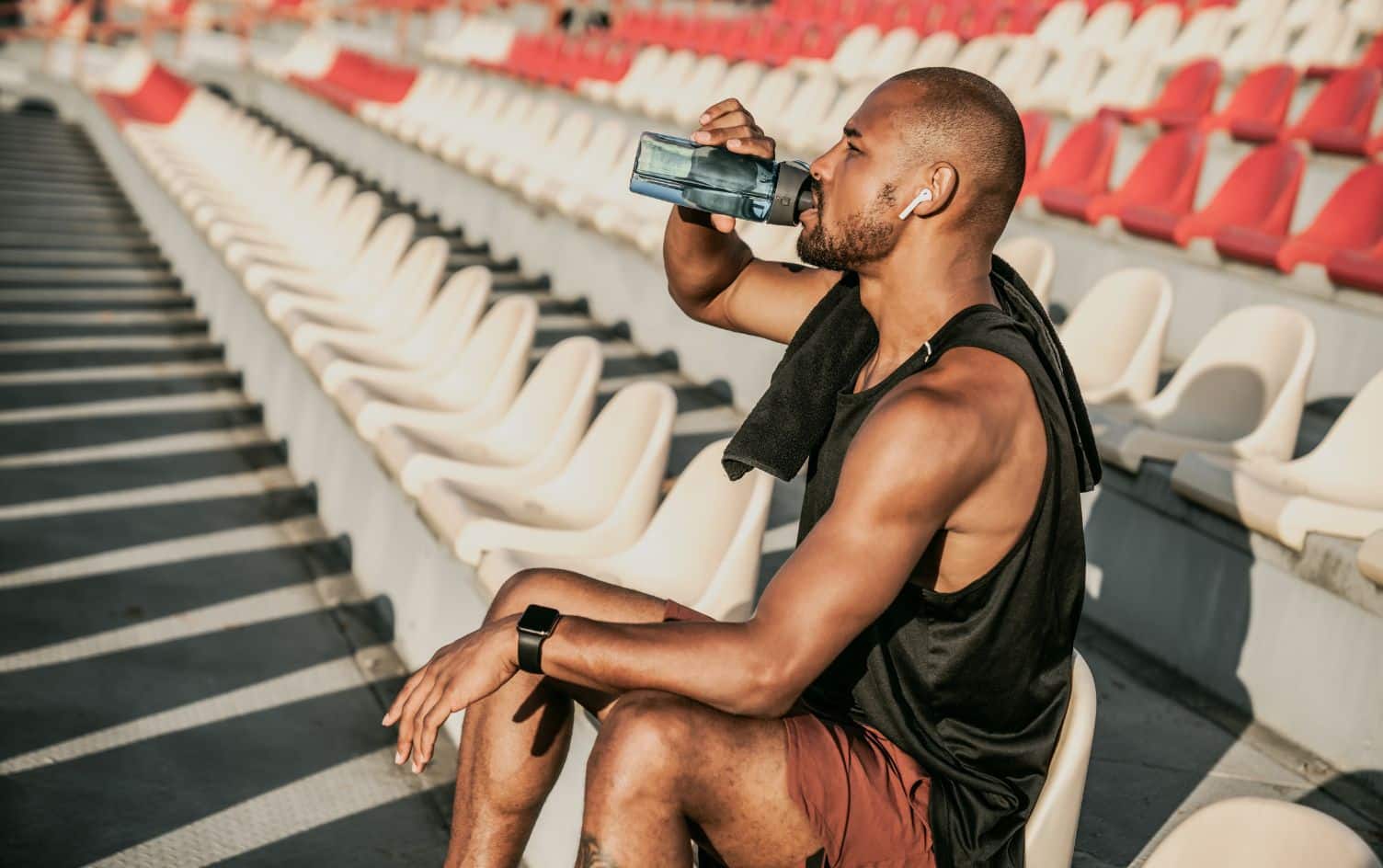Rope training is one of the fastest-growing trends in fitness. It requires stamina, strength and power, making it an ideal alternative if you’re looking to move beyond traditional weight training techniques.
There are many benefits to this interval-based, upper-body exercise. “Many people believe that, as an endurance athlete, every exercise you do must be long duration. The truth is that endurance athletes must be exposed to a variety of stimulus to handle the rigorous demands of their sport,“ says Chris Falcon, founder of Reactive Performance Enhancement Center, a personal training center in Glenview, Illinois. “Choosing rope movements that you can sustain for several minutes, as well as movements that have a high stabilization or strength component is preferred.”
Joshua Spencer, a trainer at Peak Conditioning and Fitness, LLC, a functional fitness gym in Longmont, Colorado, says cross-training with the ropes allows you to work your body more proportionally. “With the right mix of upper body in your stride, you can spread the load and develop a stride and rhythm that’s less impactful and might even help you get a little bit faster.”
For injured athletes, rope training is also a beneficial workout substitute while rehabbing the legs. Chris Clough, a D.C./Maryland-based certified personal trainer, uses heavy ropes for runners dealing with stress fractures. Clough says an athlete can typically still train for time intervals and elevate heart rates to target ranges, even while injured.
Here are some go-to, ropes-focused workouts to add to your routine:
Michael Kneuer, personal trainer, nutrition coach and retired pro physique athlete from Boca Raton, Florida, demonstrates a few rope movements on YouTube and explains them below:
ALTERNATING ARMS
In this exercise, have your knees slightly bent in an athletic stance and your core engaged. You then take turns raising one arm up and whipping it down. Keep your arm straight and do not bend the elbow for this one. Focus on moving only at your shoulders.
DOUBLE WHIP
This exercise is very similar to the first in regard to the setup and movement pattern of your arms, but instead of alternating arms, you are going to raise both arms together and whip them down at the same time.
JUMPING JACKS
Adding battle ropes to a traditional jumping jack makes it more challenging, increases its effectiveness at burning fat and also hits your lateral delts. Start with your feet together and the ropes at your side. As you jump your feet wide, raise the ropes up so your body forms an X, then when you jump your feet back together, whip your arms down. Think of your arms like wings on a bird trying to take flight.
SQUAT WHIPS
This is a great option to combine lower-body strengthening and fat burning. For this exercise, start in a squat position with your arms at your side. As you come up from the squat, raise your arms up straight in front of you, and as you squat back down, whip your arms back down to your side.
PRONE SINGLE-ARM ROPE WAVE
Get in a prone (facing down) tripod position holding the rope in one hand and start generating a wave for 20–30 seconds. Repeat with the other arm. This exercise is great for many athletes, but particularly for swimmers due to the prone positioning, and the great demand it places on the shoulders.
SEATED ROPE ROTATIONS
While in the seated position, hold one end of the rope in each hand while maintaining a neutral wrist position. Bring both ropes over to one side of your legs to start, and rotate your upper body to the other side bringing the ropes over your legs. Continue twisting from side to side briskly for 30 seconds to several minutes.
READ MORE > YOU DON’T NEED TO BE A STRONGMAN TO TRAIN LIKE ONE
WORKOUTS
Beginners: The most basic rope workout is called battle ropes. It is simply alternating waves, left and right done rhythmically without stopping for a set interval. Perform 5–10 sets (30 seconds of work, 30 seconds of rest) of alternating waves on the ropes. Work at a light-to-moderate pace and focus on producing smooth, even waves.
Intermediate: Work your way up to 5 minutes of solid work without rest. As an intermediate “battle roper,” you should be using your total body. Rotate your hips, swing your arms from your shoulders and be light on your feet. Find the cadence and right combination of rotation, side-to-side motion and up-and-down motion from your lower body to complement what you’re doing with your trunk and arms. By now, your waves should propagate all the way to the end of the rope each time.
Advanced: At this level, you should have developed 1–3 techniques or “strokes” in which you’re comfortable. Feel free to shift between them as necessary because you’re going to start working for 10 minutes at a time and progress toward a set of 20 minutes. Add an additional day where you work with higher intensity for less time. These speed intervals are critical to learn how to push your boundaries, accept pain and learn that you can increase your pace on a longer run. Start with 5 extremely fast intervals of 15 seconds of work, 45 seconds of rest and work your way to 5 sets of 30 seconds of work, 30 seconds of rest.




